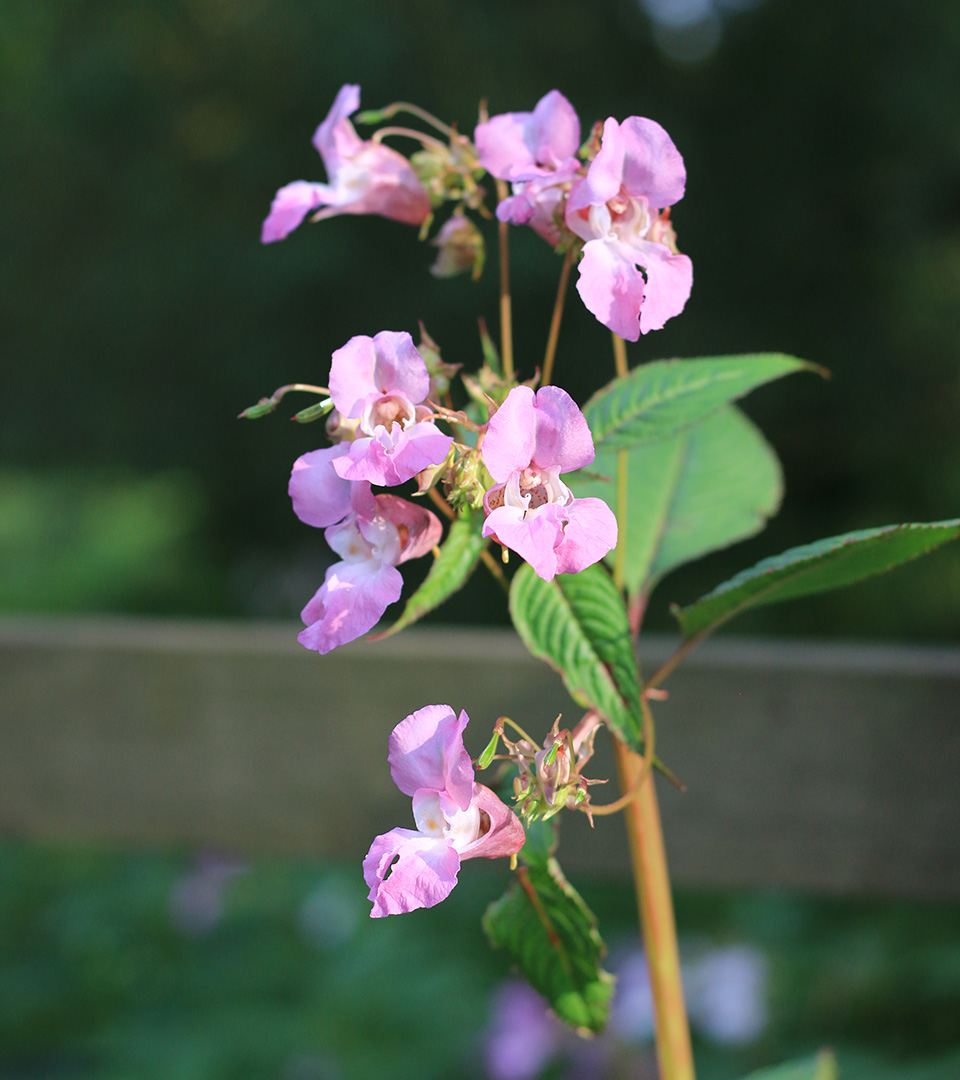Water / Case studies
# Himalayan balsam removal on the Manifold river
A battle has been raging along the Manifold river for over 20 years to control one of our most invasive species (opens new window).

Himalayan balsam begins to grow in April or May, and then the race is on to pull, chop or strim plants before they flower and set seed, as seed pods explode when touched and catapult up to 800 seeds that can be ejected up to 7m (opens new window).
A collective effort has seen rangers, volunteers, contractors, fishing clubs and owners work together to remove hundreds of thousands of plants, check sites for re-infestation and map any new sites, using an upstream down approach.
Over 20 km is now free of Himalayan balsam, but still needs regular checks and monitoring.
The Manifold river shows how much can be achieved with a little. To keep up this positive trajectory, we need a publicly-available map and reporting system and a more coordinated approach to make the most of our resources.
Residents and visitors are encouraged to report sightings of Himalayan balsam (opens new window). Finding new sites (opens new window) and facilitating removal as soon as possible is vitally important.